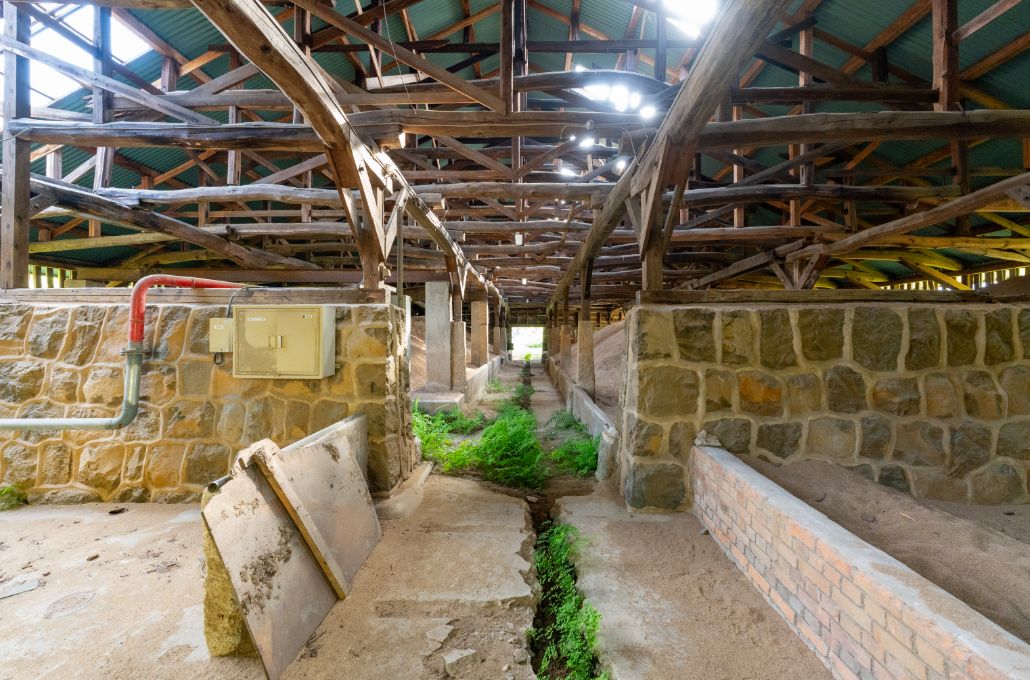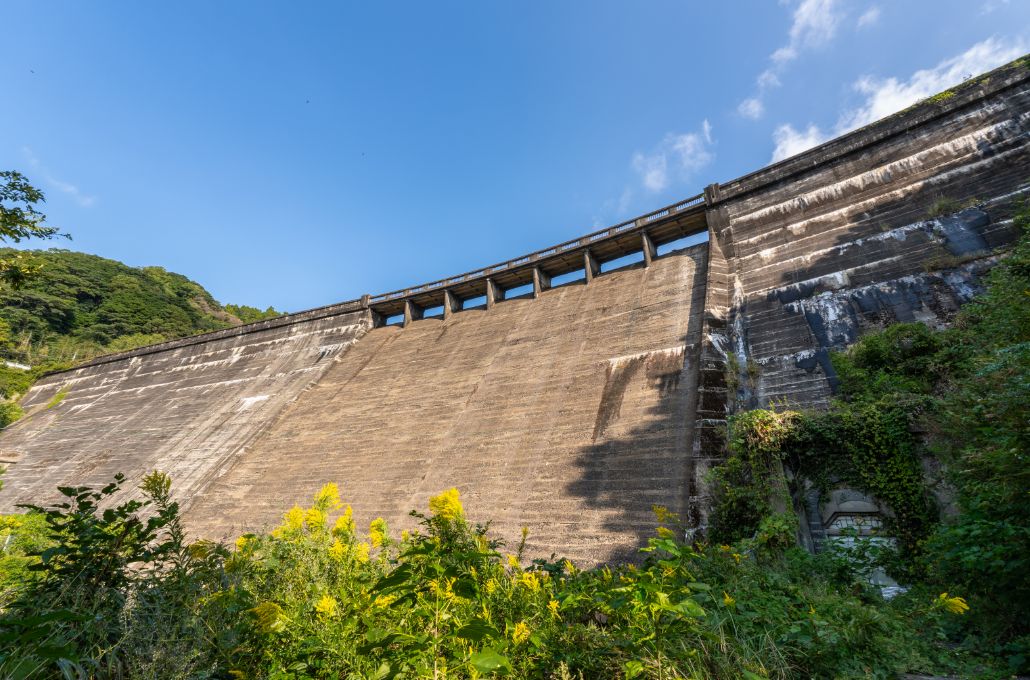
In the late nineteenth century, the Meiji government launched a project to develop four natural harbors into formidable naval bases. The government did this to strengthen the country’s maritime defense capabilities and place the burgeoning modern nation on an equal footing with Western powers.
Tranquil farming and fishing villages around the four ports were outfitted with naval facilities, water supply systems, railways, and other infrastructure. These villages developed rapidly as bustling naval cities and became hubs of cutting-edge technology. In turn, they further fueled the nation’s modernization.
Sasebo is one of these naval cities. Even now, over a century later Sasebo retains much of its early infrastructure, including its water supply system which remains in operation today.

Sasebo was one of the main administrative districts of the Imperial Japanese Navy and as such, the demand for fresh water was high. The Okamoto Water Source was completed in 1900 to secure fresh water for the naval base and the city’s civilian population. The Water Source was constructed by naval engineer Chosaku Yoshimura, considered the father of modern Japanese waterworks.
It was constructed in the mountains, on the site of a pond used by farmers. Yoshimura developed the pond, and sectioned it off into one large and small reservoir. The completed Water Source ensured the residents of Sasebo had access to clean water and solved many of the city’s water-related problems.

The Yamanota Water Source improved access to clean water for many of Sasebo’s residents. It was completed in 1908 and has filtration tanks, storage for sand which was used in filtration, and sections of tunnels.
Water piped from the Yamanota Water Source fed local industries and played an important role in supporting their growth. The Water Source has been modified many times since its construction and continues to supply water to the city.

The Komoda Reservoir is the largest of Sasebo’s water supply dams. It was completed in 1940 and uses a concrete gravity dam to hold back water. The dam is 40 meters tall and 377.8 meters long. The reservoir and dam remain in use and show no signs of deterioration despite being built more than 80 years ago.
The dam is formidable and majestic in its appearance. Modernist decorations characteristic of the mid-twentieth century adorn the top edge of the dam and the gates leading to the tunnels from ground level. These add an aesthetic charm to the dam’s functional form.


令和5年度 文化資源活用事業費補助金(文化財多言語解説整備事業)